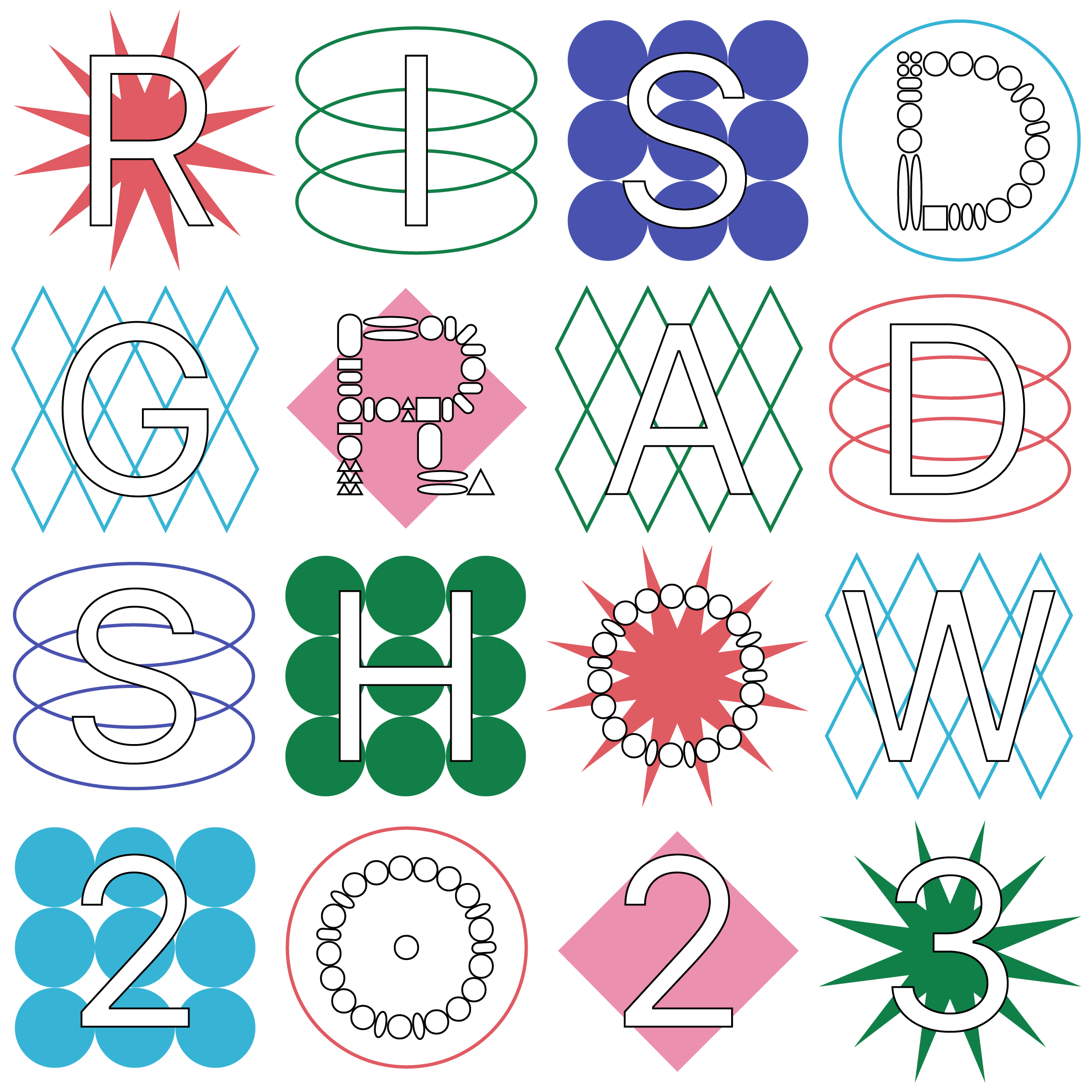Alex Gonzalez
Every Si(gh)t(e)
a Painting: Landscape De/Re-construction through Art
My work explores the human relationship to “landscape” through an artistic lens that highlights the ambiguous, relative, and subjective nature of perception.
Contemporary landscape architecture practice and education is largely focused on ecological and technical interventions. The climate crisis demands creativity, innovative solutions, scientifically informed decisions, and well engineered execution of projects. Aesthetic and beauty are viewed as secondary or indulgent, and the fine arts–once integral and foundational to design–are today largely unappreciated and appropriated. The gap between Art & Design has widened, and as a result I argue designers have trouble fostering in people the kind of care and respect for the environment that is critical for harmony and the long term survival of life on earth.
By modeling alternative methods and approaches for understanding and communicating, this thesis acts as a bridge that draws on traditions in the field while looking forward–addressing the needs of the present and future.
Image
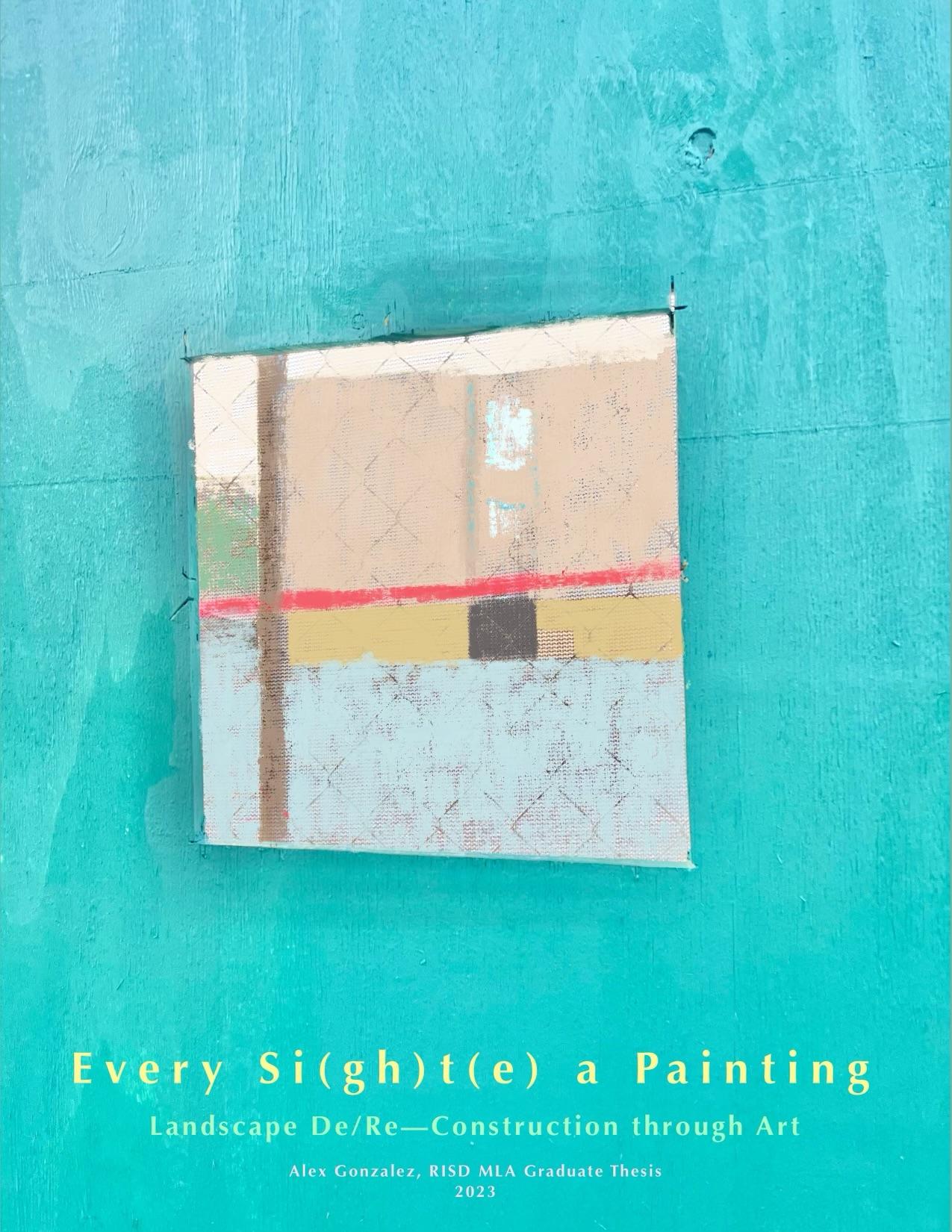
Cover Image for Thesis book
Image
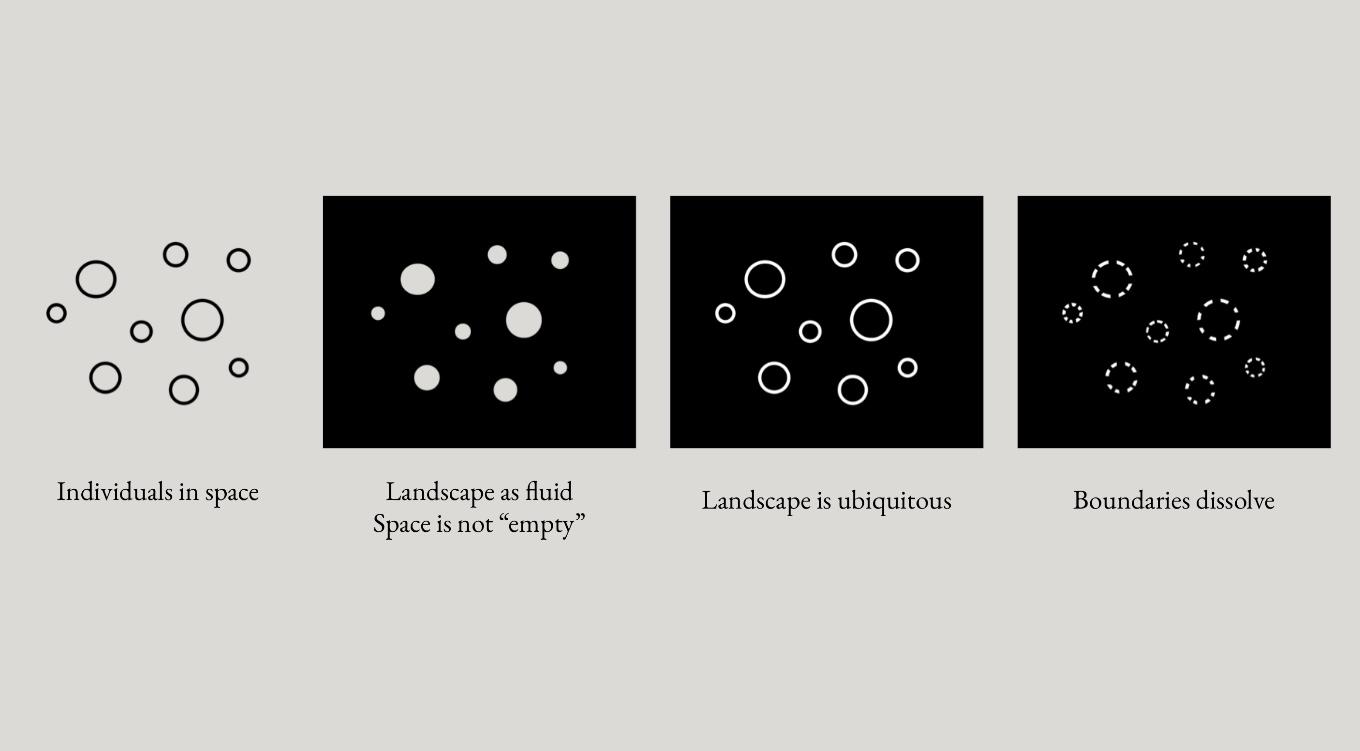
Image
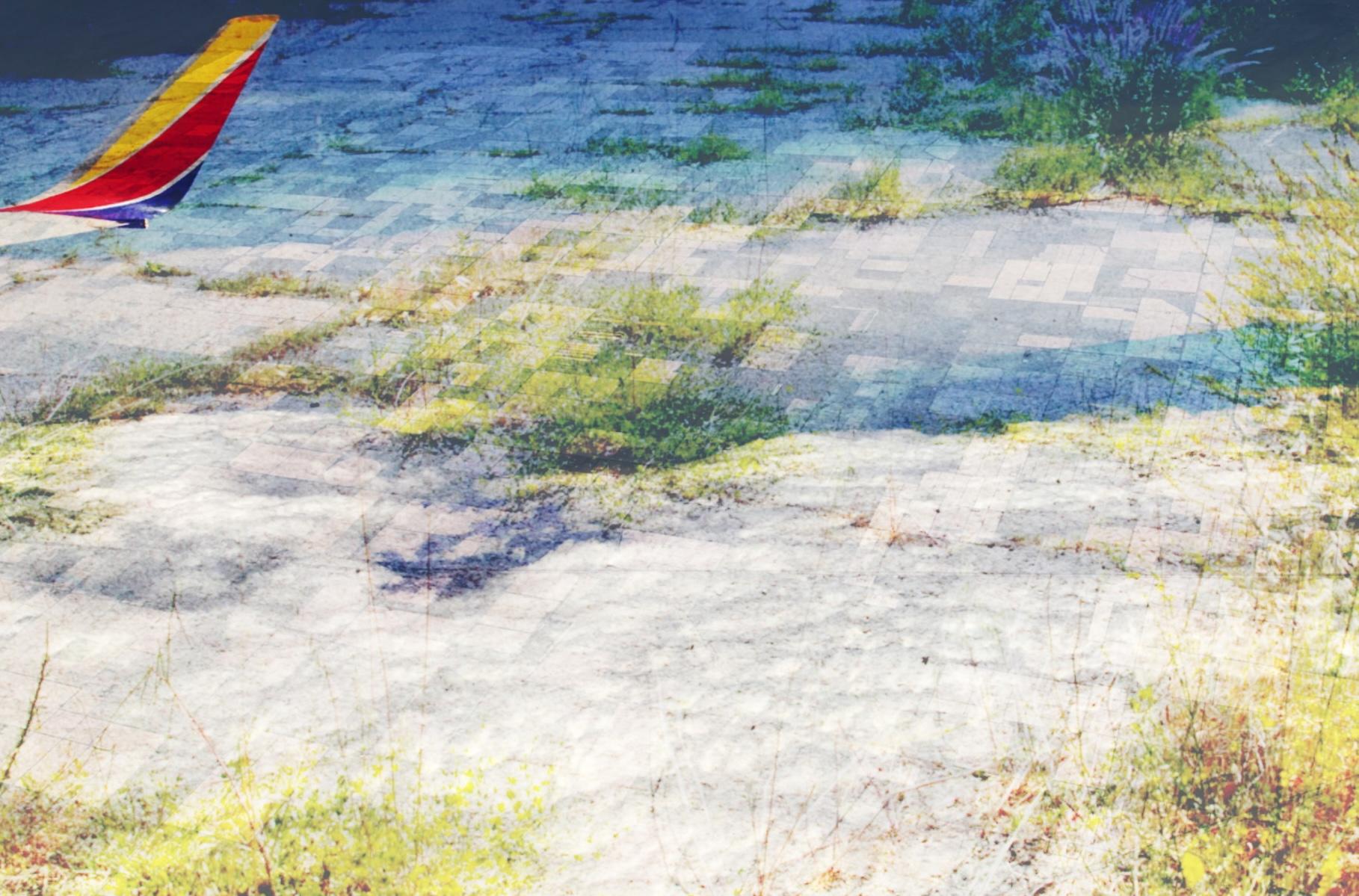
A collage of 3 landscape photographs superimposed to create one ambiguous view that distorts scale. Two of the images are aerial photographs–of cloud and gridded fields–and the other is of cracked pavement with flourishing vegetation.
Image

A collage of 3 landscape photographs superimposed to create one ambiguous view that distorts scale and our perception of large scale natural systems.
Image
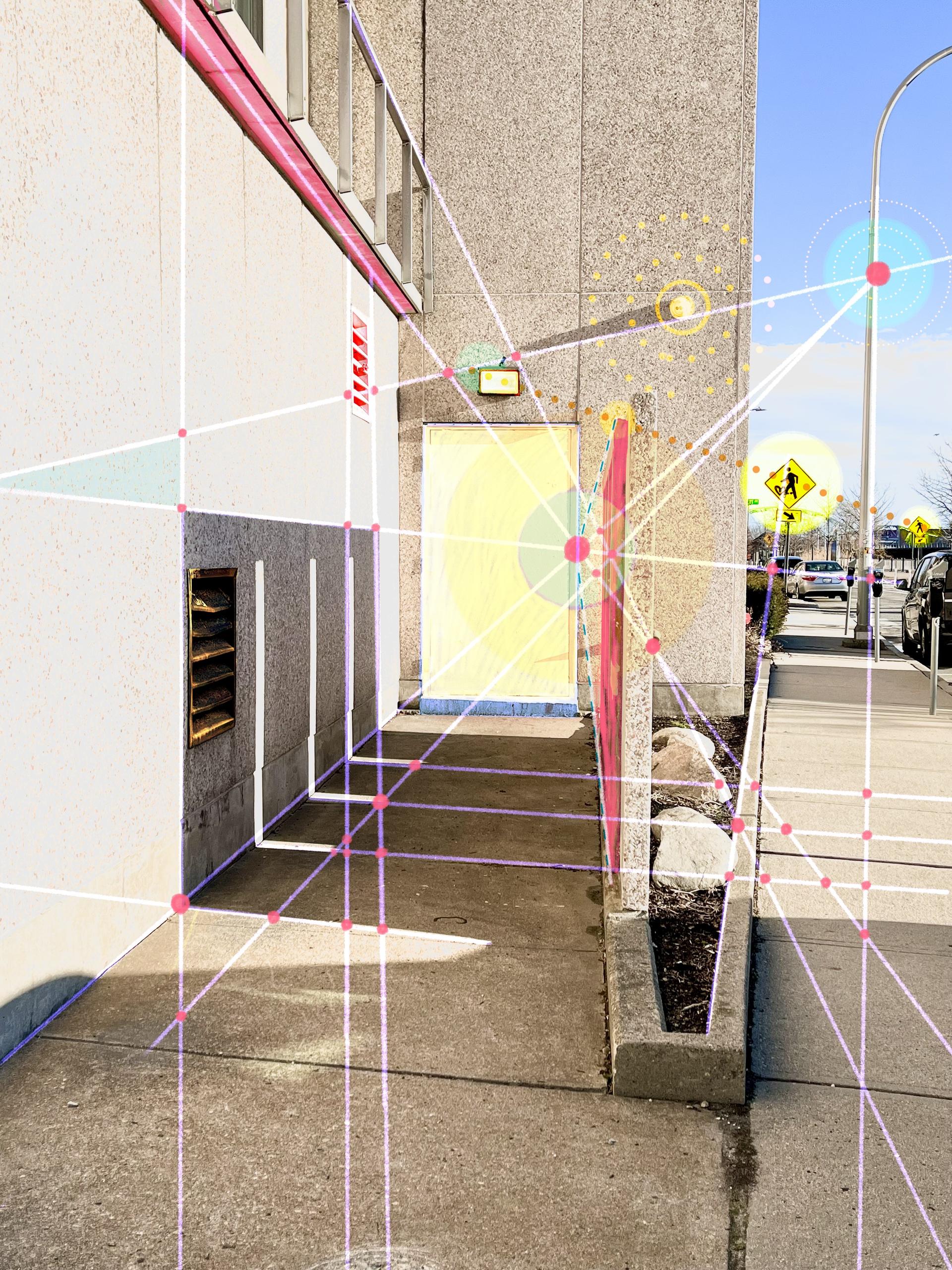
Photography flattens space and forces relationships between objects–very similar to painting Over time, I have developed an intuitive sense for composition, however I wanted to communicate it by highlighting and bringing out the various forces that contribute to a sense of harmony in our experience of the environment.
Image
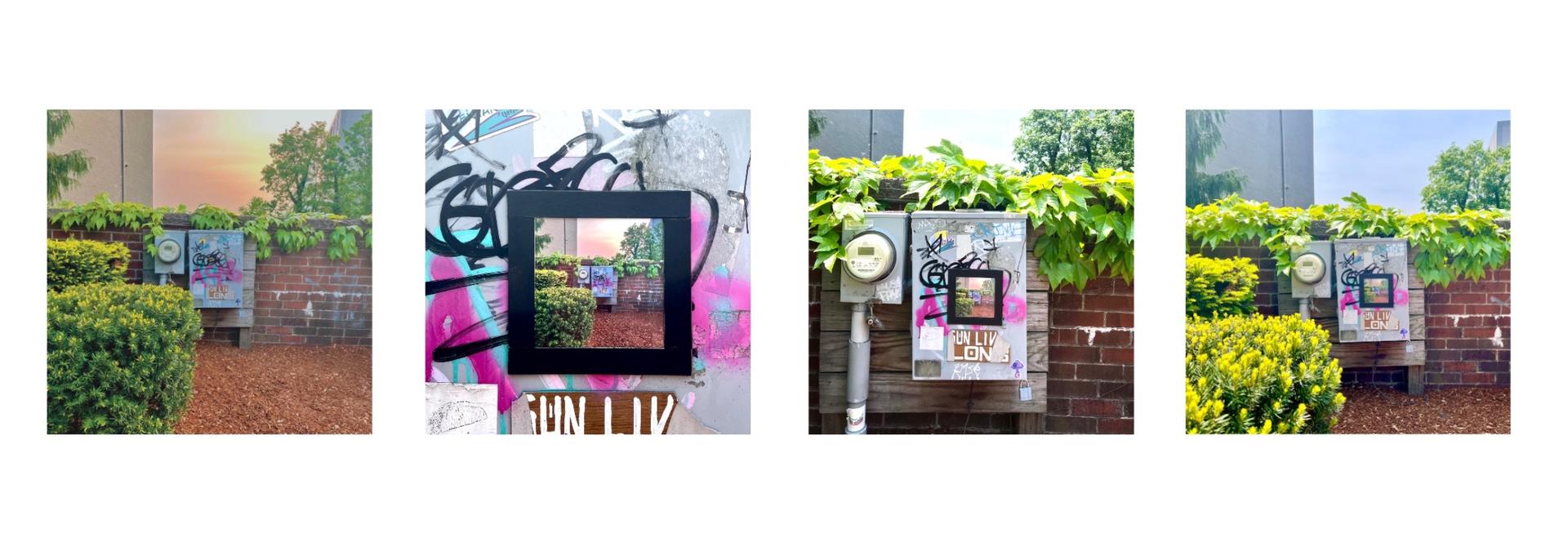
Beauty is all around us, it’s just a matter of paying attention. Reality is color and form in which we project meaning. I wanted to question the notion of “Art” and where it belongs by removing it from the context of a museum or gallery and bringing it into the everyday.
Image
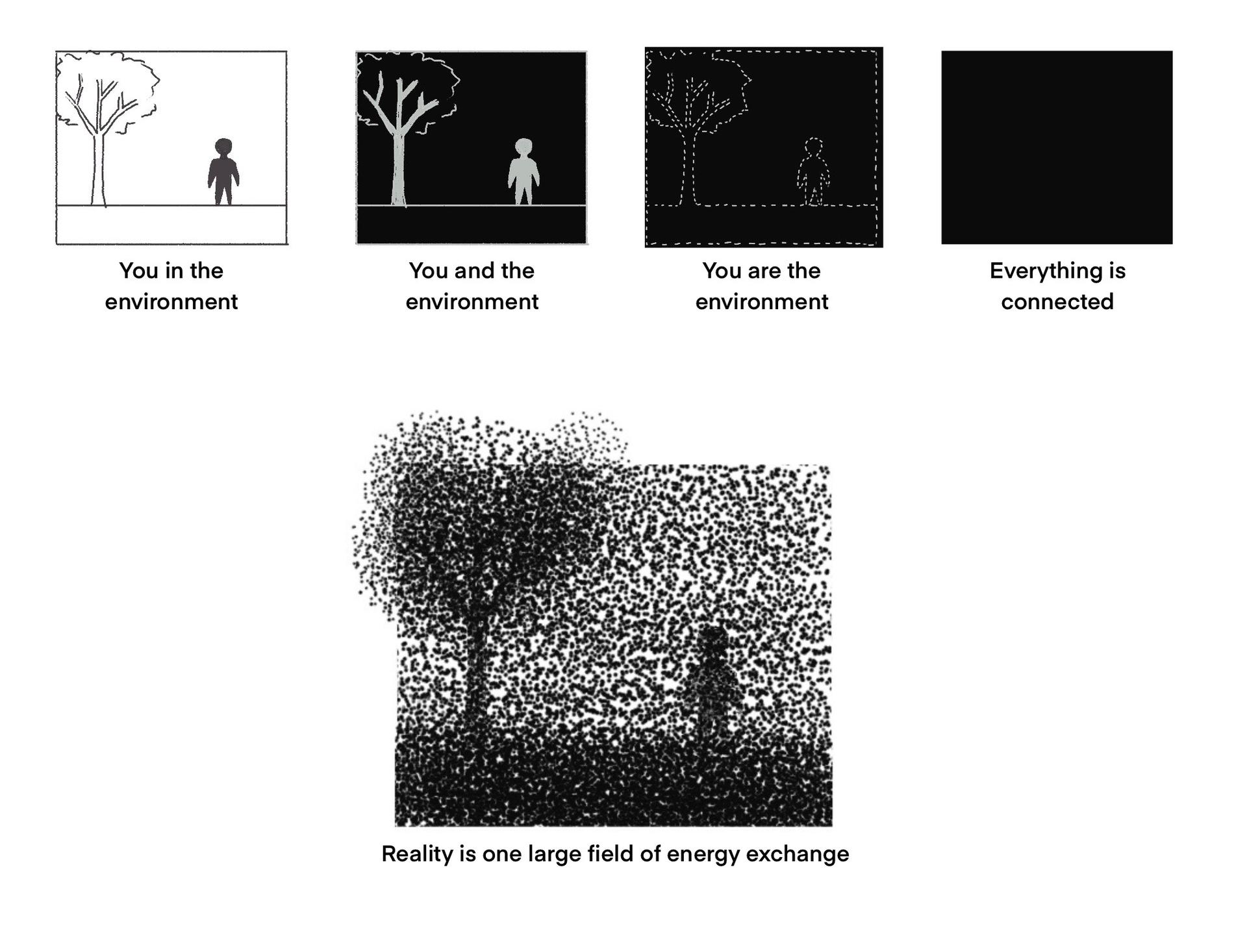
Image
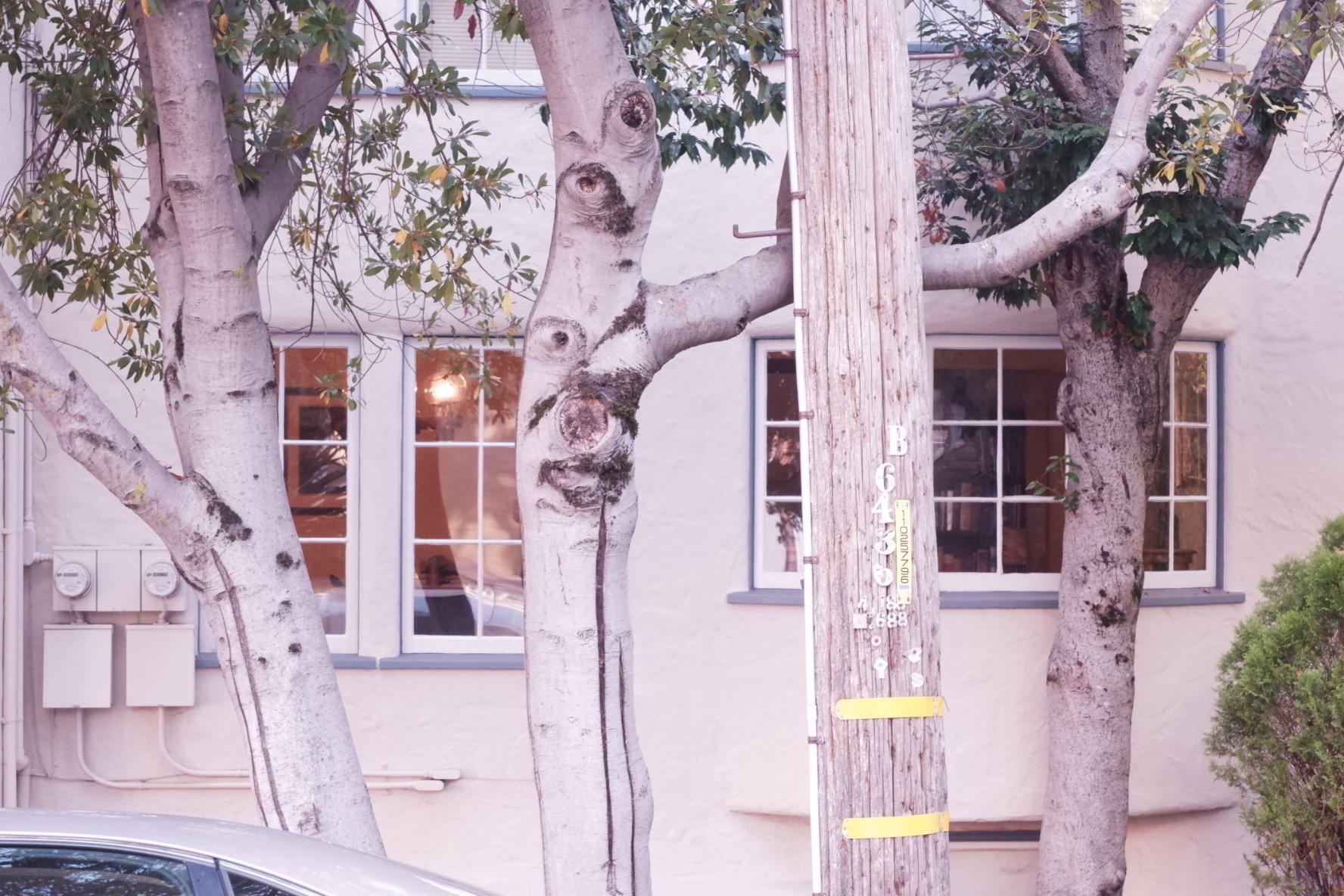
Pareidolia is the phenomenon of finding patterns, such as faces, in random stimuli and non-human entities. I believe designing with pareidolia can help increase empathy in the urban environment by encouraging people to treat their surroundings with greater care and respect–like they would another human being.
Image
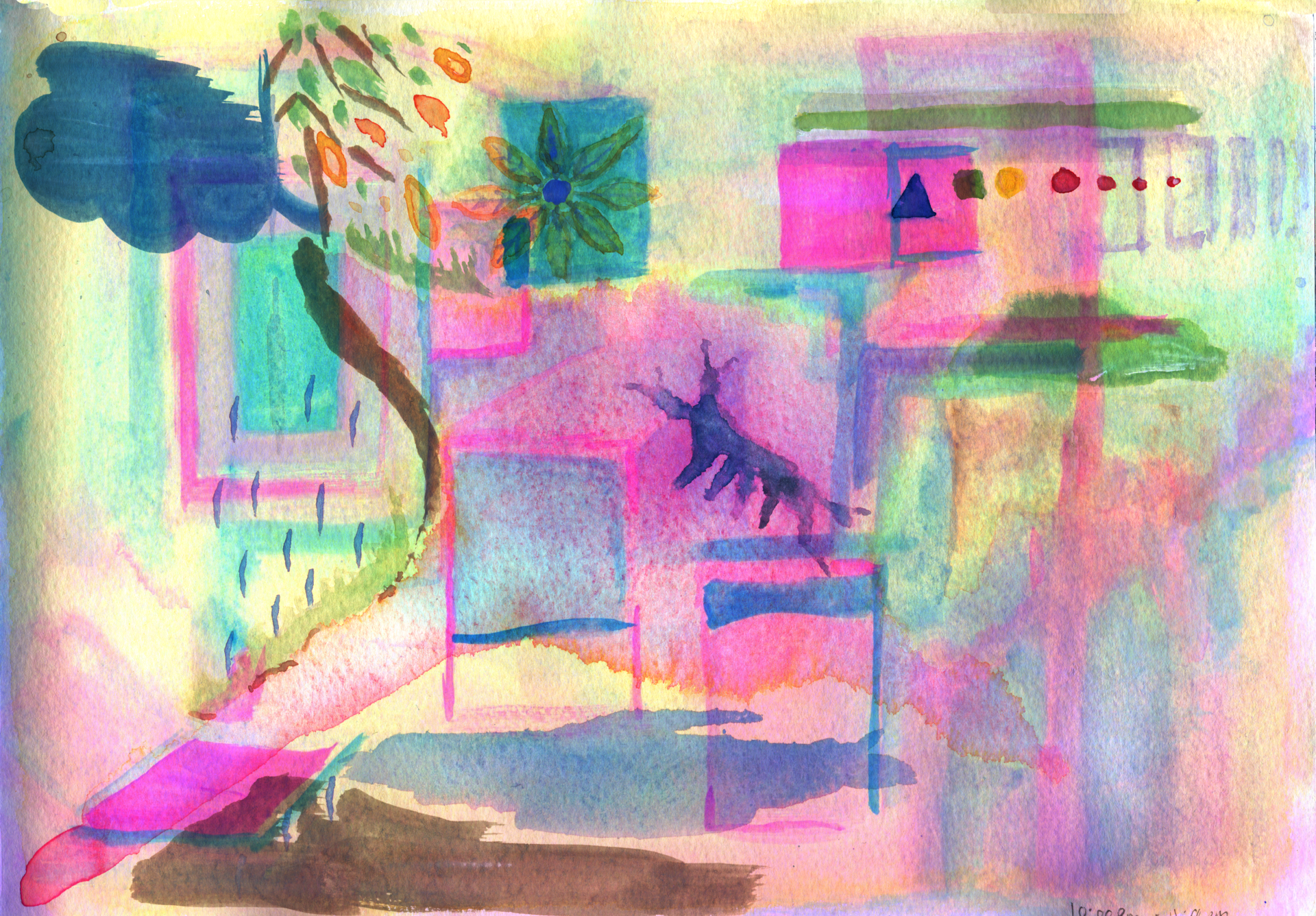
Part of a painting a day series (two weeks) I did to understand how the complex and tangled web of feelings and experiences in the environment (the objective experienced subjectively) through time are abstracted, captured, and given form via the creative act through color, shape, space, pattern, composition etc.
Image

A large scale abstract landscape painting exploring the relationship between built and natural systems in the anthropocene. Inspired by the landscape paintings of Wayne Thiebaud, Judith Belzer, and Cy Twombly.

